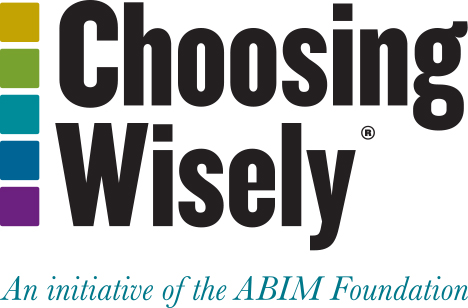Carl Shanholtz, MD is medical director of the Medical Intensive Care Unit at the University of Maryland Medical Center. After a fellowship in critical care medicine at Johns Hopkins University he did further training in Hematology and Oncology at the University of Maryland Medical Center. He specializes in the care of hematologic and solid malignancy patients and shares his wisdom for the treatment of ICU complications of these cancers and their therapy.
Podcast: Play in new window | Download
Subscribe: Apple Podcasts | RSS
I. Acute Tumor Lysis Syndrome
Epidemiology
- More common with hematologic leukemias and high tumor burden lymphomas such as Burkitt’s lymphoma
- The solid tumors in which it is encountered are most commonly breast and small cell carcinoma of the lung
- Any malignancy, with enough tumor burden or aggressive therapy, can develop tumor lysis
Presentation
- Marked by intracellular lysis of cells
- Hyperkalemia, Hyperuricemia, Hyperphosphatemia, and a reactive hypercalcemia (due to binding of phosphate)
Pathogenesis
- Uric acid crystals precipitate in the renal tubules creating an obsructive nephropathy
Treatment
- Prophylaxis before treatment, if possible
- Crystalloid hydration
- Allopurinol inhibits the formation of uric acid
- Urate Oxidase (rasburicase) oxidizes uric acid to allantoin, which is 10-fold more soluble
- Biologically active for 18-21 hours
- Evidence that it is effective at lowering uric acid levels
-
No evidence that it prevents renal failure or lowers mortality
- Urinary alkalinization and forced diuresis with furosemide are OUT
- They cause calcium phosphate precipitation in the renal tubules which is worse than urate nephropathy
II. Acute Myeloid Leukemia (AML)
Hyperleukocytosis:
- Defined as WBC >100,000, but this is not an absolute cutoff.
*depends on the type of cancer: CLL cells are mature. APL may be symptomatic with WBC > 10,000 because the granules are thrombotic - Initial therapy may be cytoreduction with hydroxyurea
- Leukapheresis can be used for certain AML to rapidly decrease circulating WBCs
- High WBC on presentation is a poor prognostic indicator
Acute Promyelocytic Leukemia (APL) – A disease every intensivist should know!
- Due to a chromosomal translocation (15;17)
- Treated with all-trans retinoic acid (ATRA) and arsenic trioxide (ATO)
- Even in the absence of respiratory failure or shock, these patients may have treatment initiated in the ICU due to expected course of illness
- Affects the young and is CURABLE with the differentiation agents listed above
1. Hemorrhage
- 30-60% of deaths are from hemorrhage
- ICH is a known complication
- DIC is commonly seen; check fibrinogen daily
- Manage with FFP, cryoprecipitate, and platelets to maintain fibrinogen > 100 and plt >30-50
- Aminocaproic acid and transexamic acid are controversial and not recommended
2. Thrombosis
- Less common than hemorrhage
- Heparin is no longer recommended
3. Differentiation syndrome
- Manifests as ARDS-like respiratory failure
- Treated with Dexamethasone 10mg IV bid and temporary discontinuation of ATRA or ATO
III. Hypercalcemia of Malignancy
Etiology
- 80% PTHrp seen in squamous cell carcinoma and lymphoma
- 20% Osteoclast activating factor seen in multiple myeloma
- <1% endogenous calcitriol production seen in lymphomas, esp. Hodgkins
Clinical Manifestations
- Constitutional: dehydration, polydipsia
- Neurological: fatigue, lethargy, hyporeflexia, confusion
- Gastrointestinal: nausea, vomiting, constipation
- Renal: poor urine output
- Cardiovascular: arrthythmias, shortened QT
Treatment
- Initial resuscitation with crystalloid, crystalloid, crystalloid!
- Calcitonin is probably the fastest acting, but subject to tachyphylaxis so that subsequent doses less effective
- Bisphosphonates: pamidronic acid and zoledronic acid: the mainstay of therapy
IV. Neutropenic Fever
Key Points
- Blood cultures are positive in only 15%
- More common with an absolute neutrophil count (ANC) < 500
- Start with broad-spectrum gram negative coverage active against Pseudomonas
- Vancomycin not necessary unless there is thought to be a line associated infection or cellulitis
- Always give the gram negative antibiotics FIRST!


